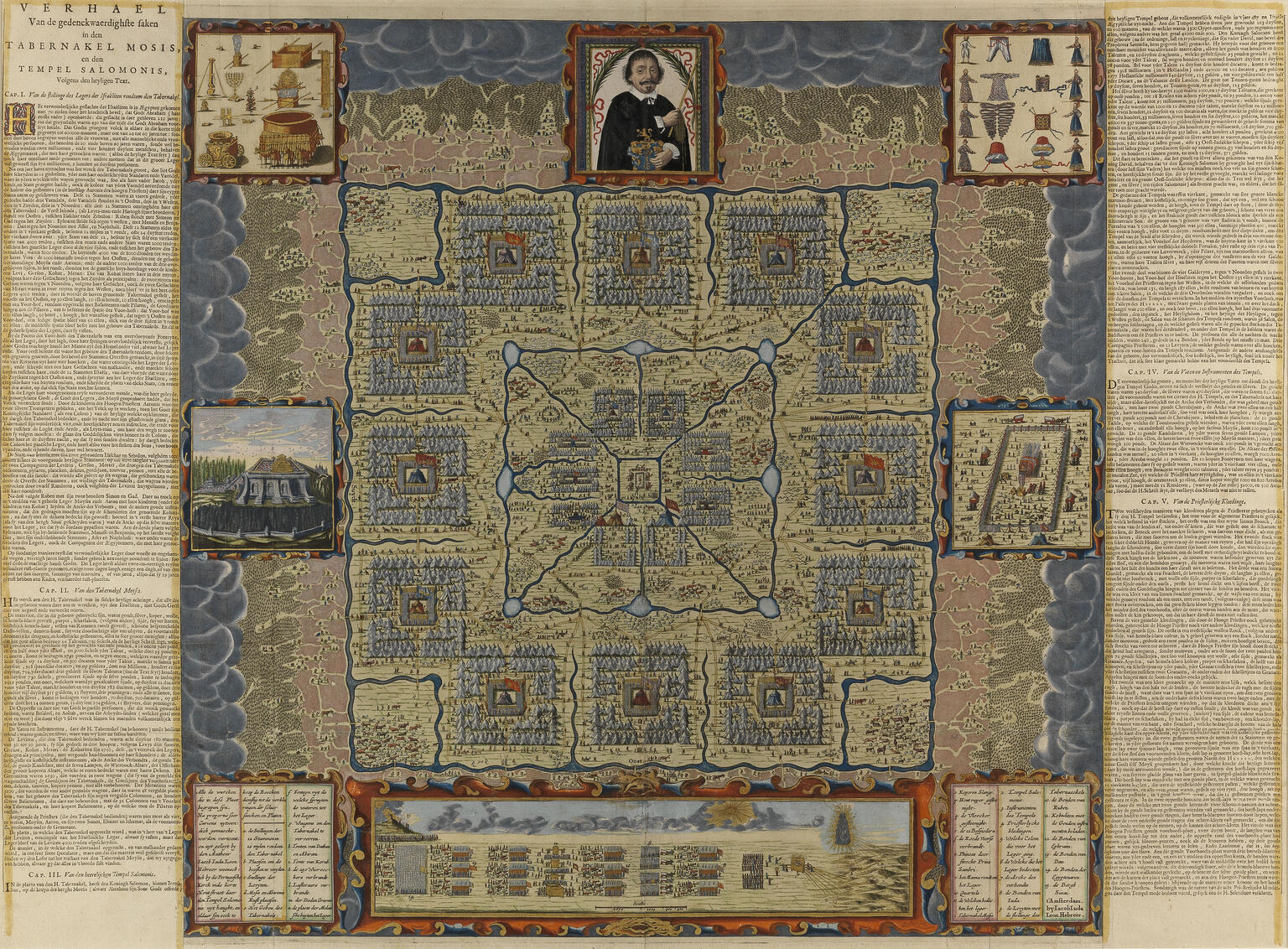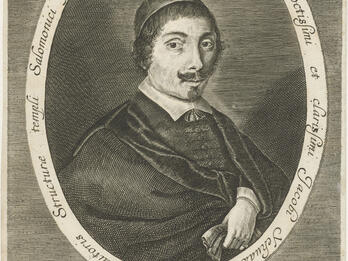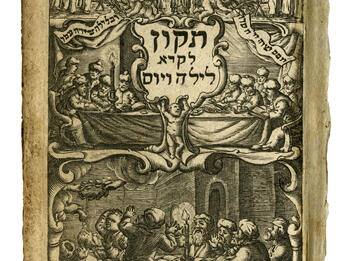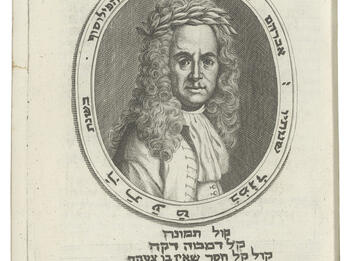Retrato del Temple de Selomo (Depiction of Solomon’s Temple)
So that you may obtain a full, sufficient, and satisfying account, oh friend reader, of such an eminent structure as was that of the Temple of Solomon, it is advisable that you first know some things in general whereby you will come to know clearly its great size and magnificence, which undoubtedly surpassed in sumptuousness and grandeur all the other structures in the world.
1. About the Builder of the Temple
The first of all items is that the builder of this edifice was our very wise and great King Solomon, about whose wisdom and great power the sacred scriptures testify, and that although he was endowed with such wisdom, he was not permitted to make it through his own industry and knowledge, but by an express model and command of God Himself, who was the principal master and chief architect of this so marvelous work, and which, just as had been revealed to His servant Moses, the model of the sacred Tabernacle, so similarly after this He revealed to the prophet and King David the description of the entirety of this great structure, so that he might leave it to his son Solomon to do it without diverging from it in any way.
2. Of the Great Number of People Occupied in the Building of the Temple
In actual fact, the aforesaid Temple was made by a large number of people, numbering 163,600 men; of whom 3,300 were superintendents and master craftsmen who made the people work; and over them still were three hundred governors and general masters, by whose order and command all the work was executed.
3. About the Space of Time in Which the Temple Was Constructed
The fact is that all of this great number of people were occupied in the aforesaid construction over a continuous period of seven years, from the beginning until it was totally completed.
4. About the Whiteness and Gracefulness of the Temple Structure
The fact is that the whiteness of the blocks of marble from which the entire building was constructed was such that wherever the Temple could be seen from far off it looked like a mountain of purest snow; and wherever it was gilded it shone after the sun came out with a fiery splendor, so that those looking at it had to avert their gaze, just as when looking at the rays that the sun usually emits.
5. Of the Height of the Structure of the Temple
The fact is that the structure of the Temple appeared so high on the summit of the mount where it was built, that if someone who, from upon the southern gate, which is one of the four exterior gates with which the whole Temple was surrounded, would wish to look downward, he could not do so because, due to the great height, he would faint and lose the light of his eyes before his vision could plumb the depth of the valley that lay below him.
6. Of the Quantity of Materials Prepared for the Building of the Temple
In fact, the quantity of materials set aside by our great King David for the said building was almost uncountable, since the great multitude of blocks of marble, of cedar wood, of precious stones, of copper and iron, could not be counted. But with regard to the gold there were 118,000 talents and a further 10,000 drachmas, whose quantity amounted to 14,580,220 pounds in weight, counting each talent at a rate of 135 Italian pounds, which are 11.9 ounces to each pound; and 6,000 drachmas for each talent, and whose value of the said weight, at the rate of 1,230 ducats per talent, amounts to one 1,328,420,500 ducats, which are 3,985,271,500 at the rate of 3 florins per ducat; and of silver there was 1,017,000 talents, whose quantity amounts to 137,295,000 pounds of weight, each talent at 135 pounds, as we have said; the value of the said weight at the rate of 1,012.5 ducats per talent, amounted to 1,029,712,500 ducats, which are 389,137,500 florins at the rate of 3 florins per ducat; and altogether, both the gold and the silver, making a value of 2,385,133,000 ducats which are 7,064,299,000 florins. And all of this great quantity of materials is separate from what King Solomon had dedicated of his own for the said construction, which undoubtedly was no less than that of his father David, since by express order he [David] had in his testament bidden him [Solomon] to add to the aforementioned things, in which he certainly would not fail him, since he was such a powerful king as the sacred scriptures testify; and so, not without good reason, it is said in the sacred texts that in the time of Solomon, the gold and silver in Jerusalem were as plentiful as the stones, and also it is further said that the silver in the days of Solomon was beyond all estimation.
Credits
Jacob Judah (Aryeh) Leon Templo, Retrato del templo de Selomo (Depiction of Solomon’s Temple) (Middelburg: En casa de la biuda y heredos de Symon Moulert, 1642), 1–2 (excerpts).
Published in: The Posen Library of Jewish Culture and Civilization, vol. 5.







